What You Should Know about Fence Installation
The importance of fences in modern living cannot be overstated. Fences serve to not only enhance the aesthetic appeal of properties but also to provide security and privacy. A well-thought-out fence installation guarantees that these purposes are met efficiently. Additionally, selecting the right materials and properly understanding the complexities of installation ensures longevity and optimal performance of the fence. This article delves into essential factors to consider for effective fence installation, ensuring it meets legal, functional, and aesthetic expectations.
Choosing the Right Material
When it comes to fence installation, choosing the right material is crucial. Wood fences remain a popular choice for their classic look and versatility. They can be painted or stained to match your home’s exterior, providing a seamless aesthetic appeal. However, wood requires significant maintenance to prevent rot and termite infestation. Despite the upkeep, many homeowners still prefer wood for its natural beauty and ability to adapt to different architectural styles.
Wood fences are known for their attractiveness and are often used because of the rich, warm tones they add to any landscape. They are also relatively easy to install, making them a frequent choice for DIY projects. On the downside, wood fences are susceptible to weather damage, requiring regular maintenance such as painting or staining. Furthermore, they are prone to termite attacks, which can compromise their durability if not properly treated.
Metal fencing, including options like aluminum, wrought iron, and steel, offers a durable alternative to wood. These materials are commonly chosen for their strength and minimal maintenance requirements. Aluminum fences, for instance, are resistant to rust and can withstand harsh weather conditions, making them an excellent choice for long-term durability. While metal fences may not provide as much privacy as other types, they add a sleek, modern look to any property.
Following Local Regulations
Before installing a fence, it is essential to understand local regulations to avoid legal complications. Zoning laws often dictate specific requirements, such as materials, height restrictions, and distances from property lines. Zoning laws ensure uniformity in community aesthetics and safety, making it crucial to verify local ordinances before proceeding with installation. In many cases, obtaining a permit is necessary to ensure compliance with these legal standards.
Zoning laws vary by municipality and govern aspects such as the types of fences allowed and their potential heights. These laws ensure that fences throughout the neighborhood maintain a certain aesthetic uniformity and safety standard. For example, regulations might limit chainlink fences to a minimum height of three feet and a maximum of 12 feet, according to Storables. By checking with the local zoning office, homeowners can better understand what types of fences are permissible in their area.
Securing the necessary permits is a critical step in the fence installation process. Permits ensure that your construction complies with local safety and zoning regulations, protecting you from potential fines or the need to remove the fence later on. The process for obtaining permits may include submitting detailed plans of the proposed fence and paying associated fees. In many cases, working with a professional fence installer can simplify the process, as they can guide you through the required legalities.
Understanding the Installation Process
The fence installation process involves several detailed stages that require careful attention to detail. Each stage, from digging post holes to attaching panels, contributes to the fence's overall stability and appearance. Proper technique is essential in each step to avoid misalignment and ensure the fence stands the test of time. Patience, thoroughness, and adherence to plans are key for a successful outcome.
Creating perfectly spaced, deep post holes is critical to establishing the foundation of your fence. The depth and width of these holes depend on factors like soil type and fence height, ensuring stability against weather and environmental factors. Using a post hole digger facilitates precision, making the task more accessible and impactful, maintaining uniformity throughout the fence. Ensuring the holes are appropriately aligned will contribute to the structural integrity and visual consistency of the project. Proper preparation goes a long way in creating a strong foundation for the entire fence.
After digging the necessary post holes, setting fence posts is one of the most crucial steps of installation. Ensure each post is evenly positioned at the correct depth and perfectly vertical using a spirit level. Most posts are stabilized with concrete or other suitable ground materials, which requires ample curing time. Take time to verify post alignment and stability since they form the backbone of the whole structure. Durable and stable posts ensure the longevity of the fence and its capability to weather external forces like wind and rain.
Once posts are set, attaching rails is the next step, providing support upon which panels or pickets are installed. The rails must be evenly spaced and securely attached to offer support across the entire length of the fence. It's particularly important to ensure that each rail is properly aligned and tightly fastened to maintain the desired visual appeal. If necessary, adjustments should be made to ensure a snug fit to prevent movement over time. This step sets the stage for properly aligning fence panels and achieving a coherent, consistent fence line.
Fence panels, when installed correctly, complete the fence's structure, offering both function and form. Careful alignment with the previously installed posts and rails ensures even spacing and visual harmony. Proper attachment techniques, such as using corrosion-resistant screws or nails, can enhance the fence's durability. Panels need to be precisely positioned to avoid unsightly gaps or misalignments.
The finishing touches add character, style, and longevity to any fence installation. Adding aesthetic elements like decorative post caps or a fresh coat of paint can significantly enhance the fence's appearance. Attention to details, such as ensuring surfaces are smooth and free of splinters or imperfections, also improves safety. Additionally, small functional details, such as installing a lock on gates or using weatherproof stains, improve overall usability.
Maintaining Your Fence
Maintenance is a crucial aspect of ensuring the longevity and functionality of any fence. Regular check-ups help spot potential issues before they become major problems while also retaining the fence's aesthetic appeal. Implementing a robust maintenance regime extends the lifespan of the fence, providing better value over time. Each fence material type has specific maintenance needs, so understanding the characteristics of your chosen material is beneficial.
Regular inspections help identify early signs of damage, preventing more significant problems down the road. These checks involve looking for signs of rot, rust, loose brackets or hinges, cracks, and other structural issues that might impair functionality. Ideally, inspections should be conducted bi-annually, and after severe weather events, to ensure stability and resilience. Taking quick action upon discovering damage helps preserve the fence’s structure and appearance.
Wooden fences require periodic cleaning and staining to keep them in good condition and protect them from elements like moisture and UV rays. Power washing effectively removes dirt, mold, and debris, preparing the wood surface for staining. Selecting a high-quality stain enhances the fence's natural beauty and adds a protective layer against environmental wear.
Proper planning and execution are key to a successful fence installation that combines aesthetics, security, and durability. Working with experienced professionals ensures each step, from selecting materials to final touches, is done correctly. Regular maintenance after installation preserves the fence’s appearance and functionality, protecting your investment for years to come. If you're looking for a high-quality fence to protect your property, contact Webster & Webster Fence Co.
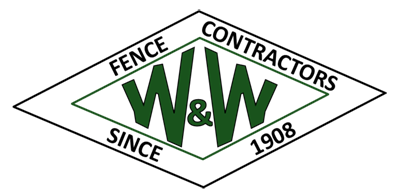
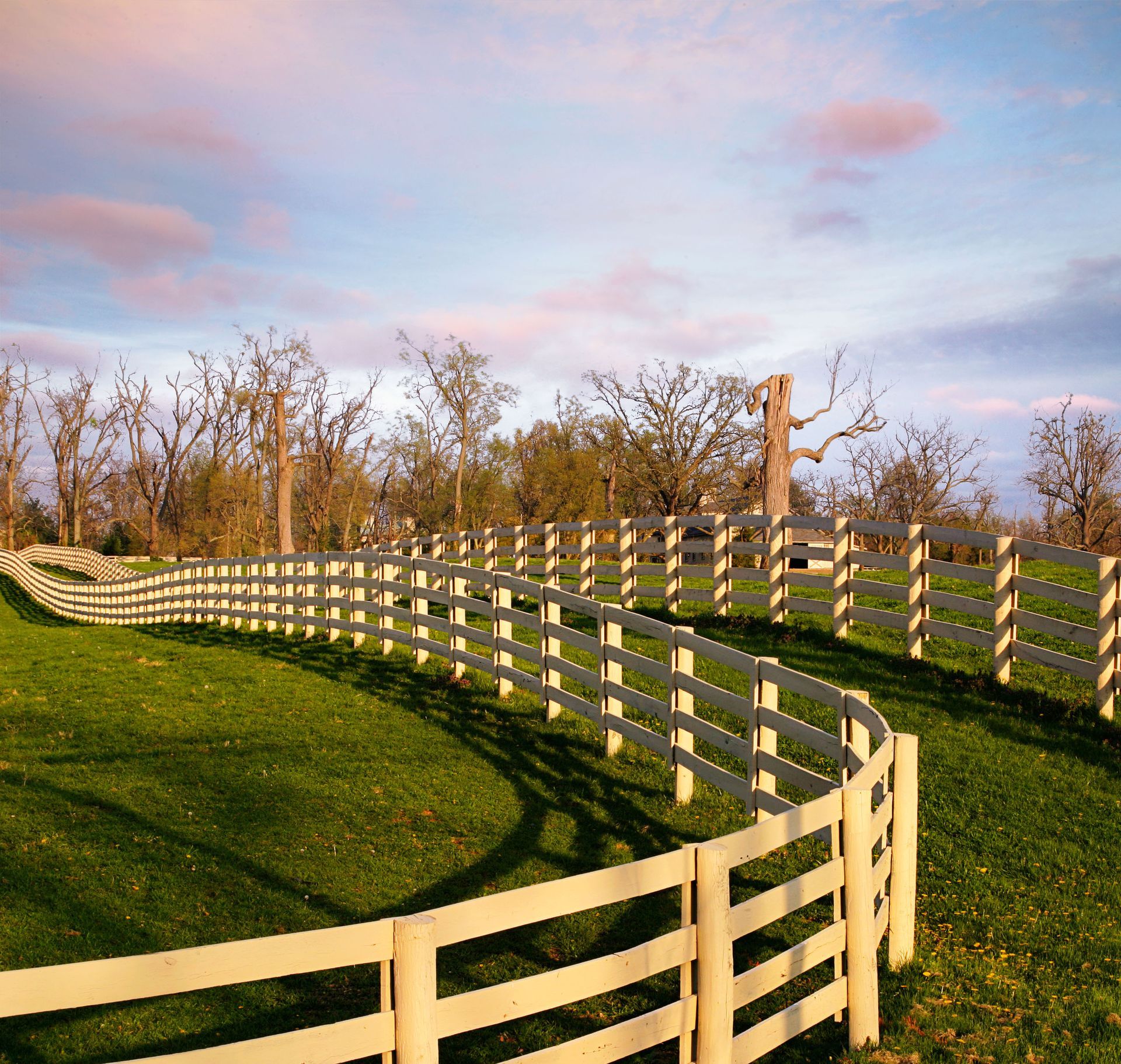
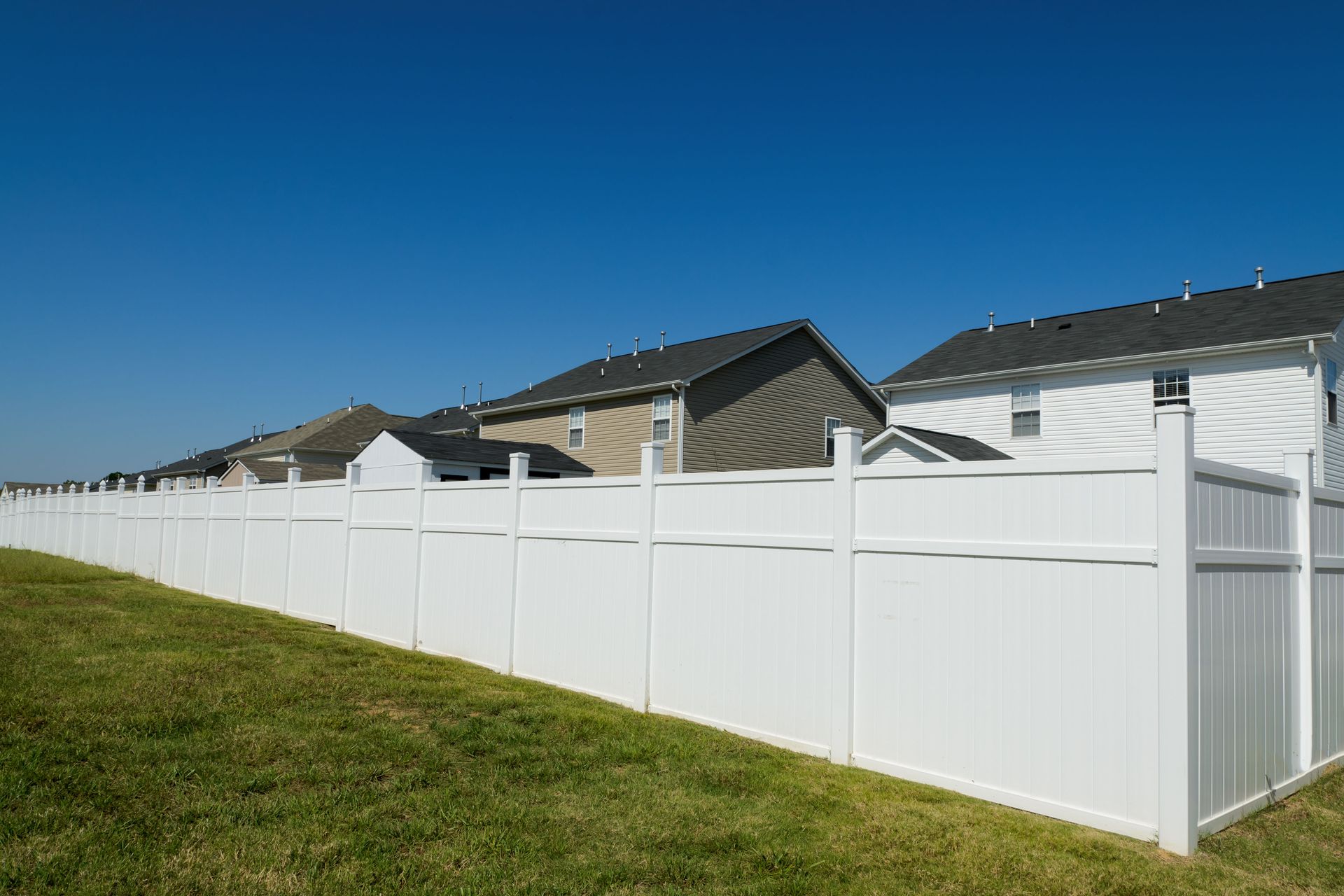
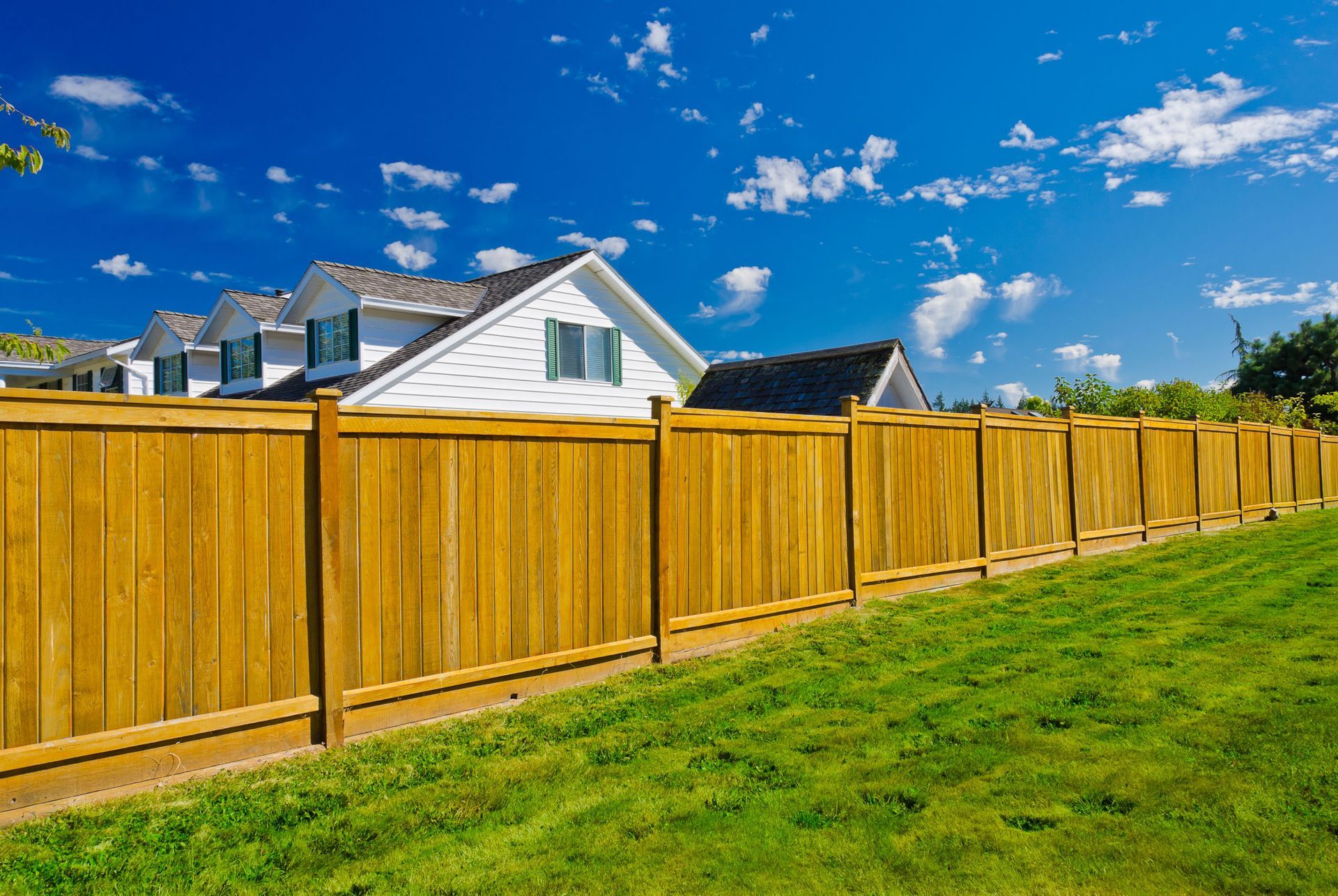
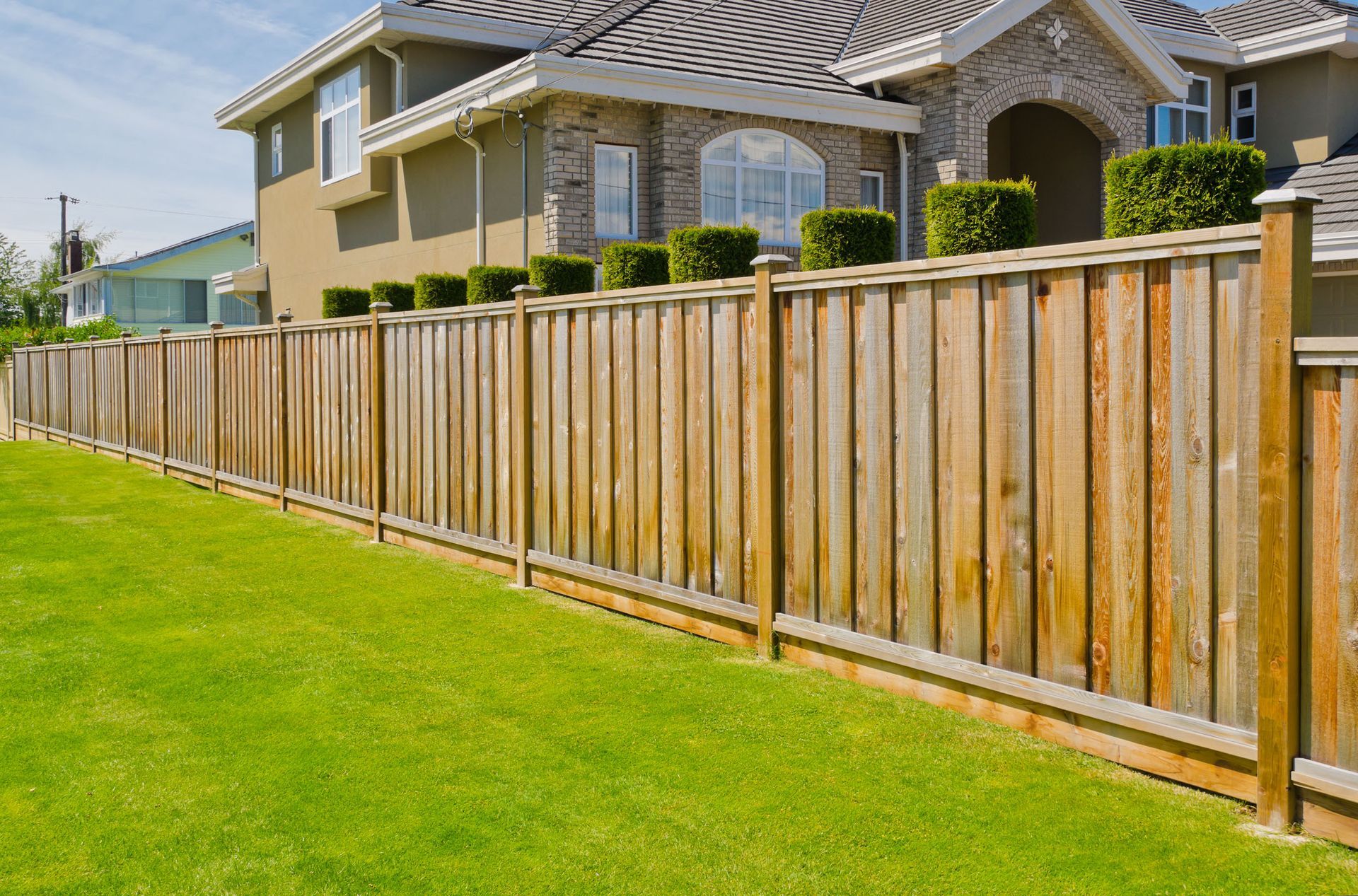
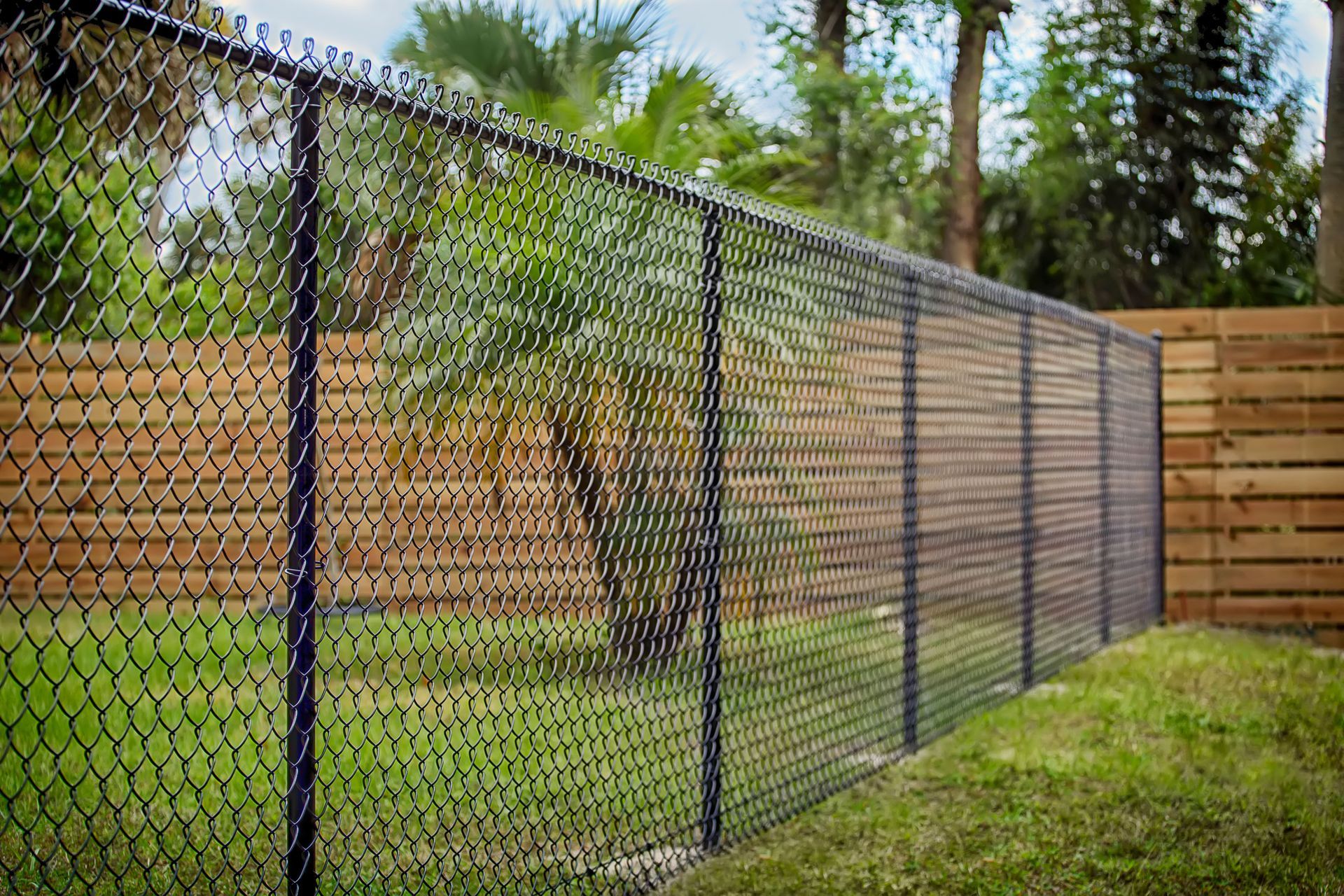
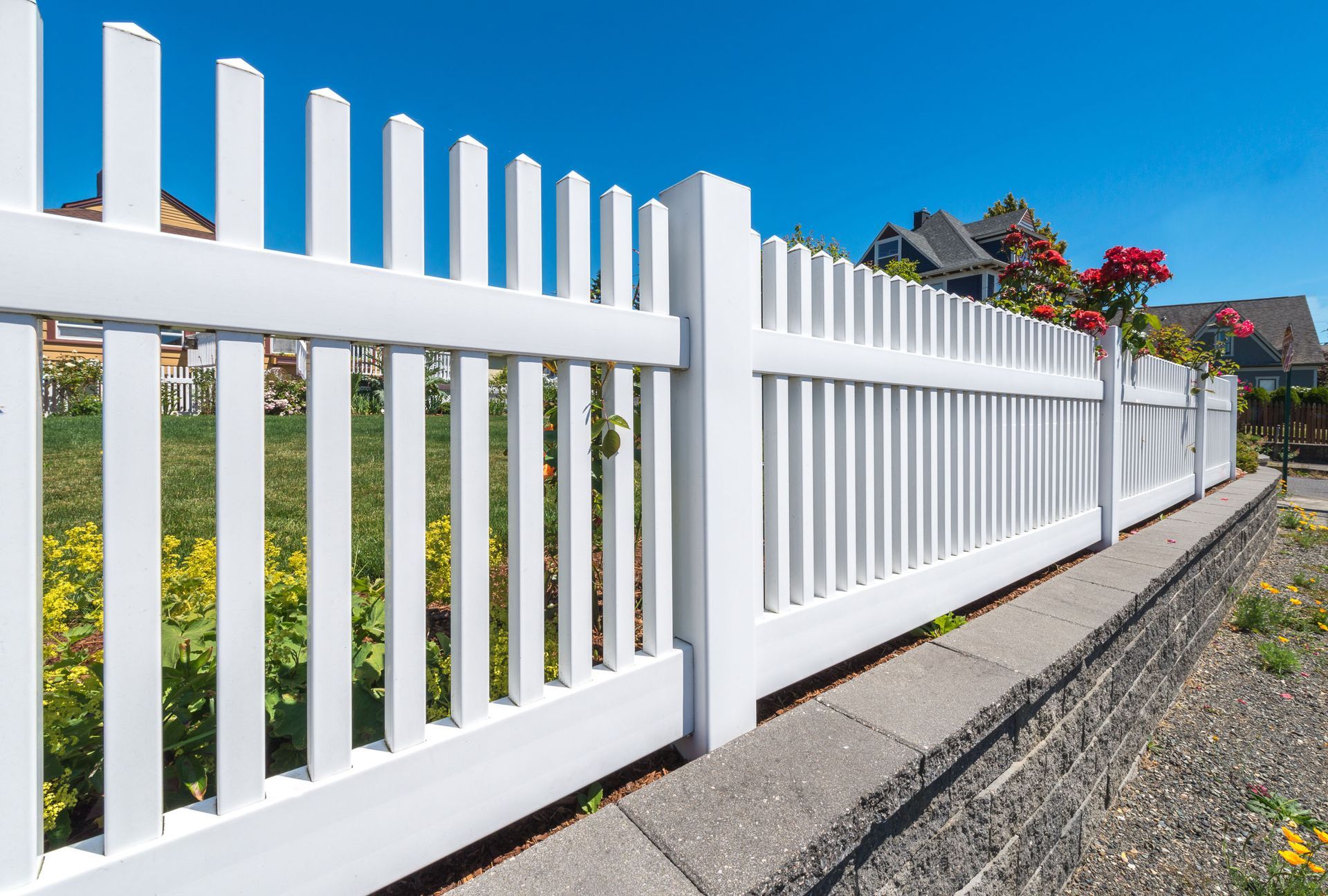
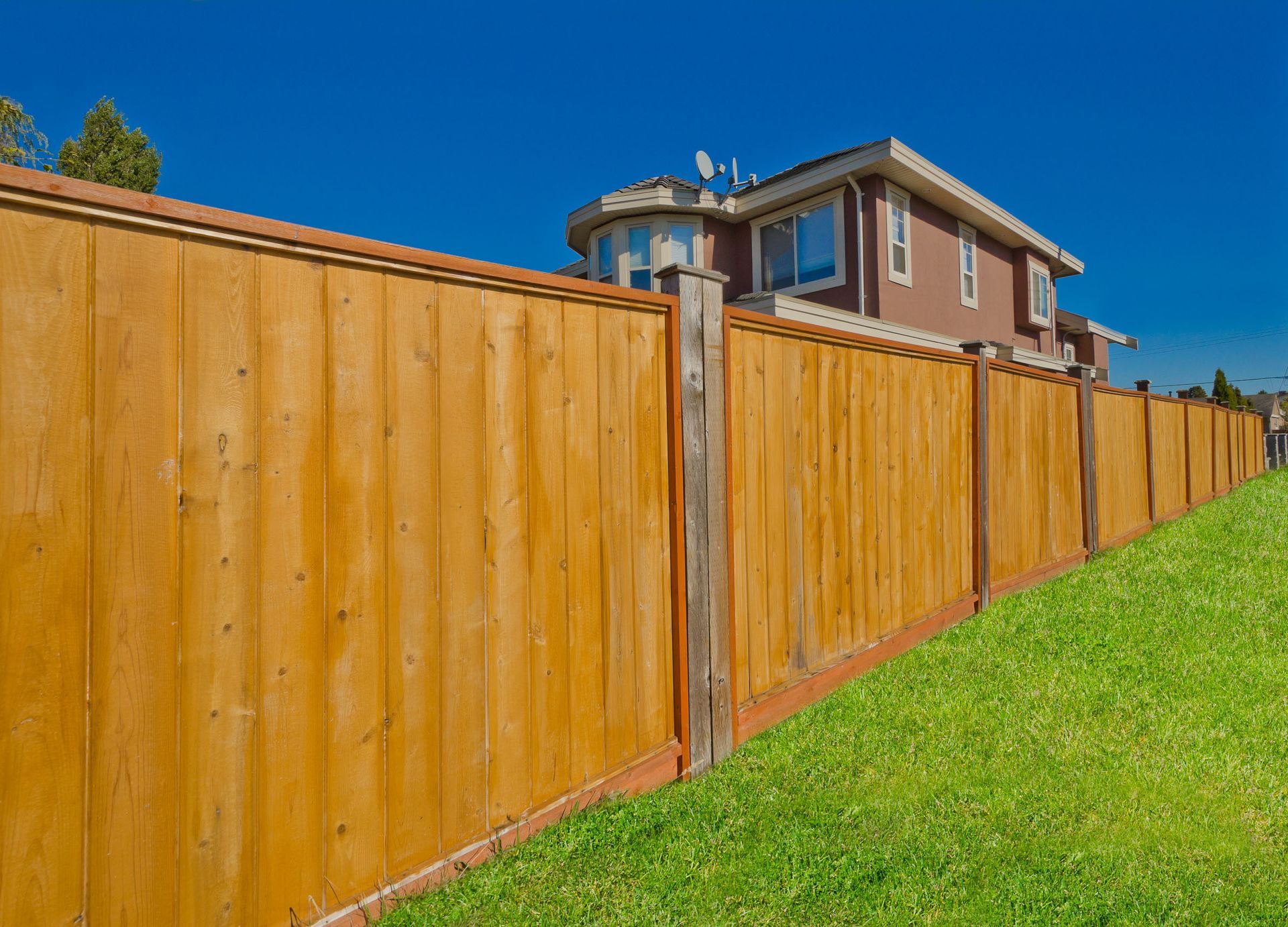
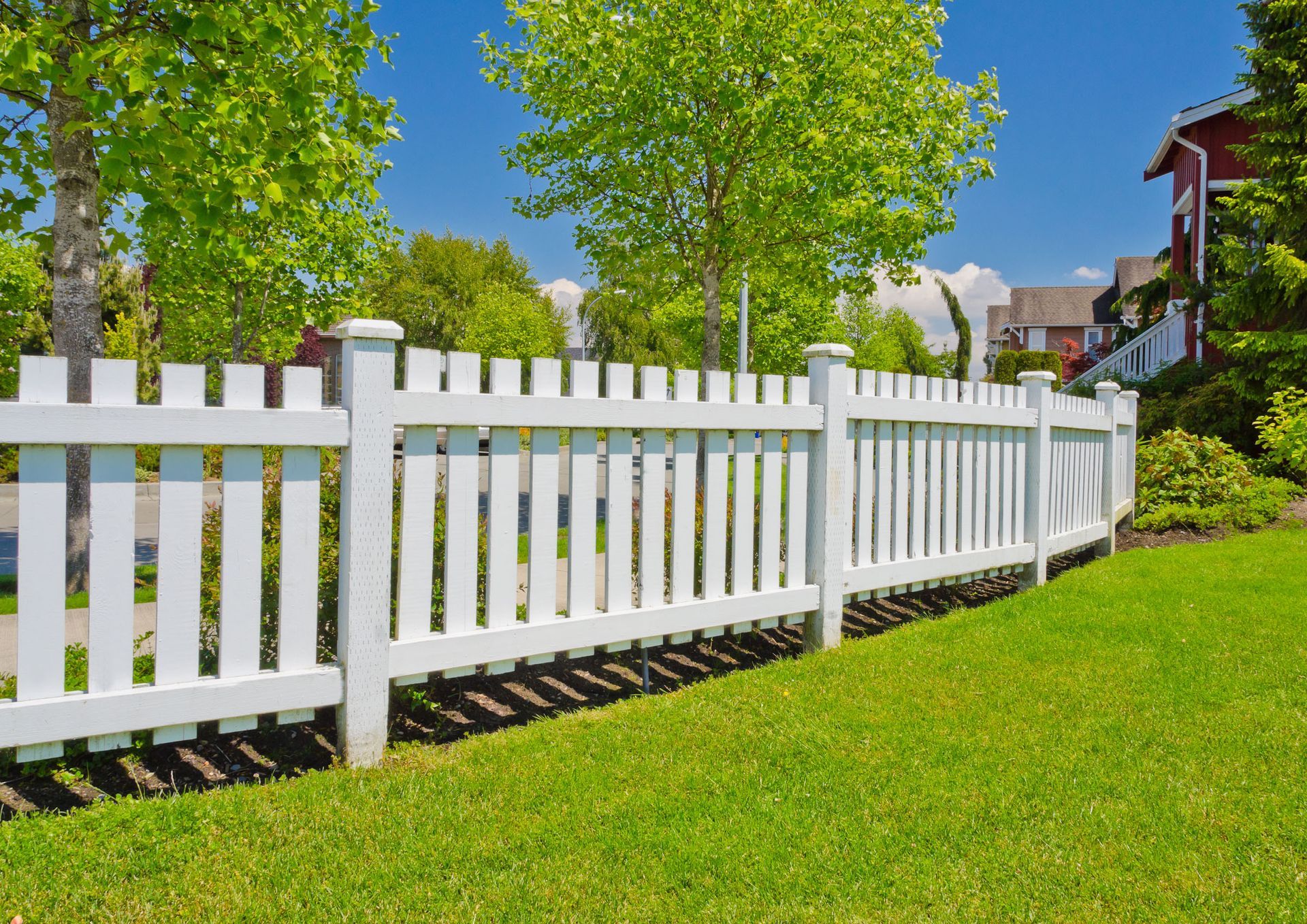
Share On: